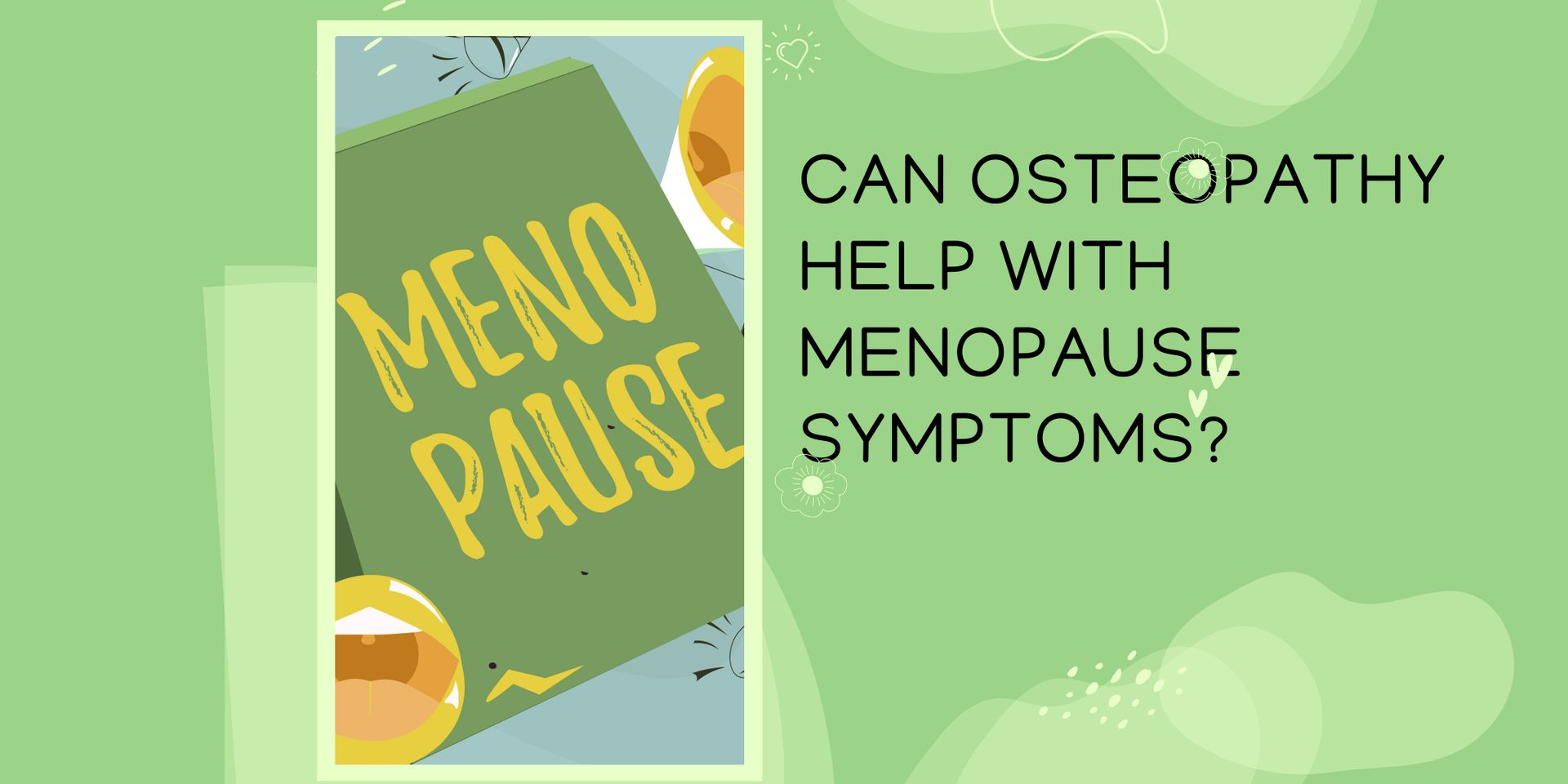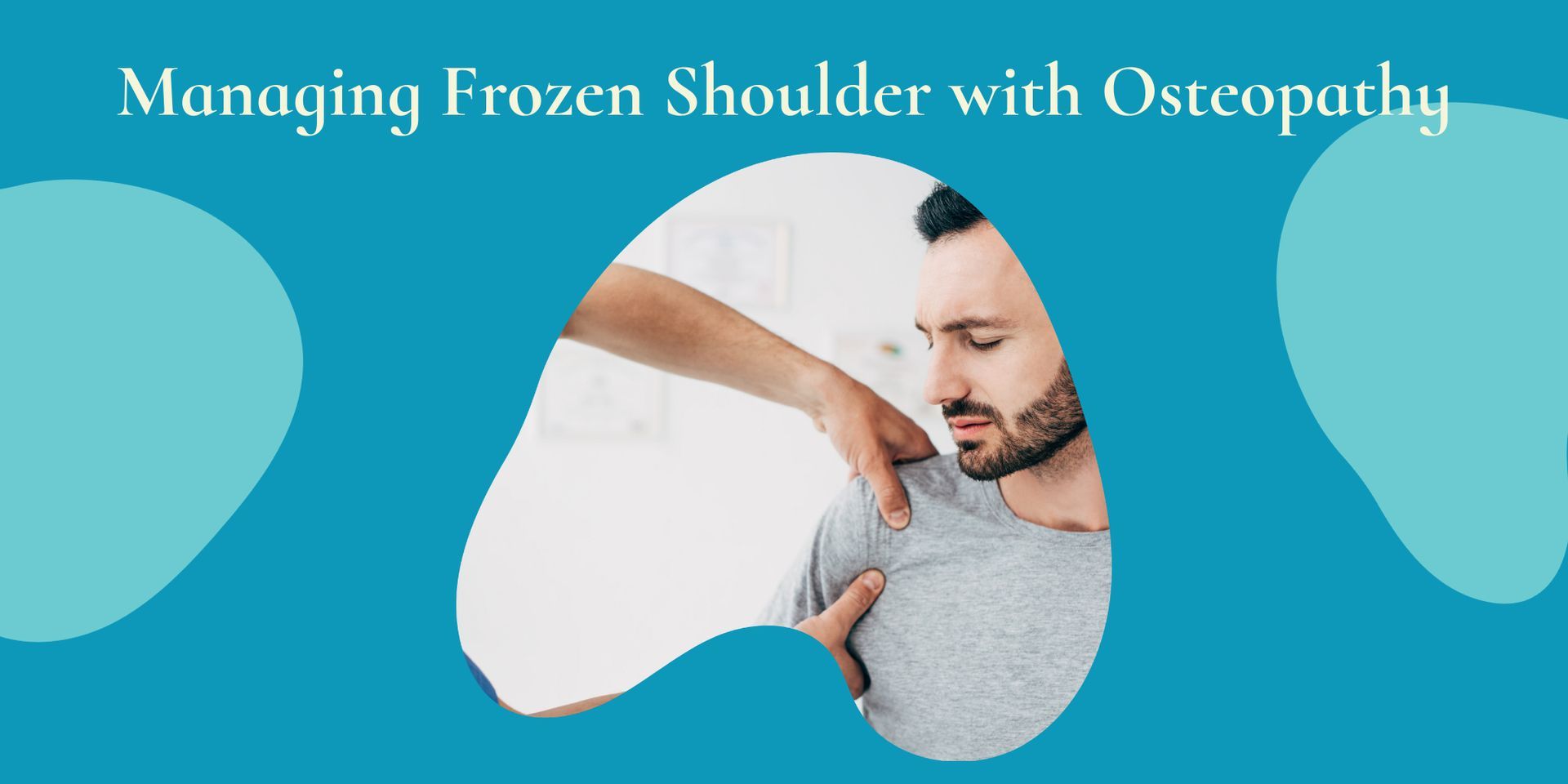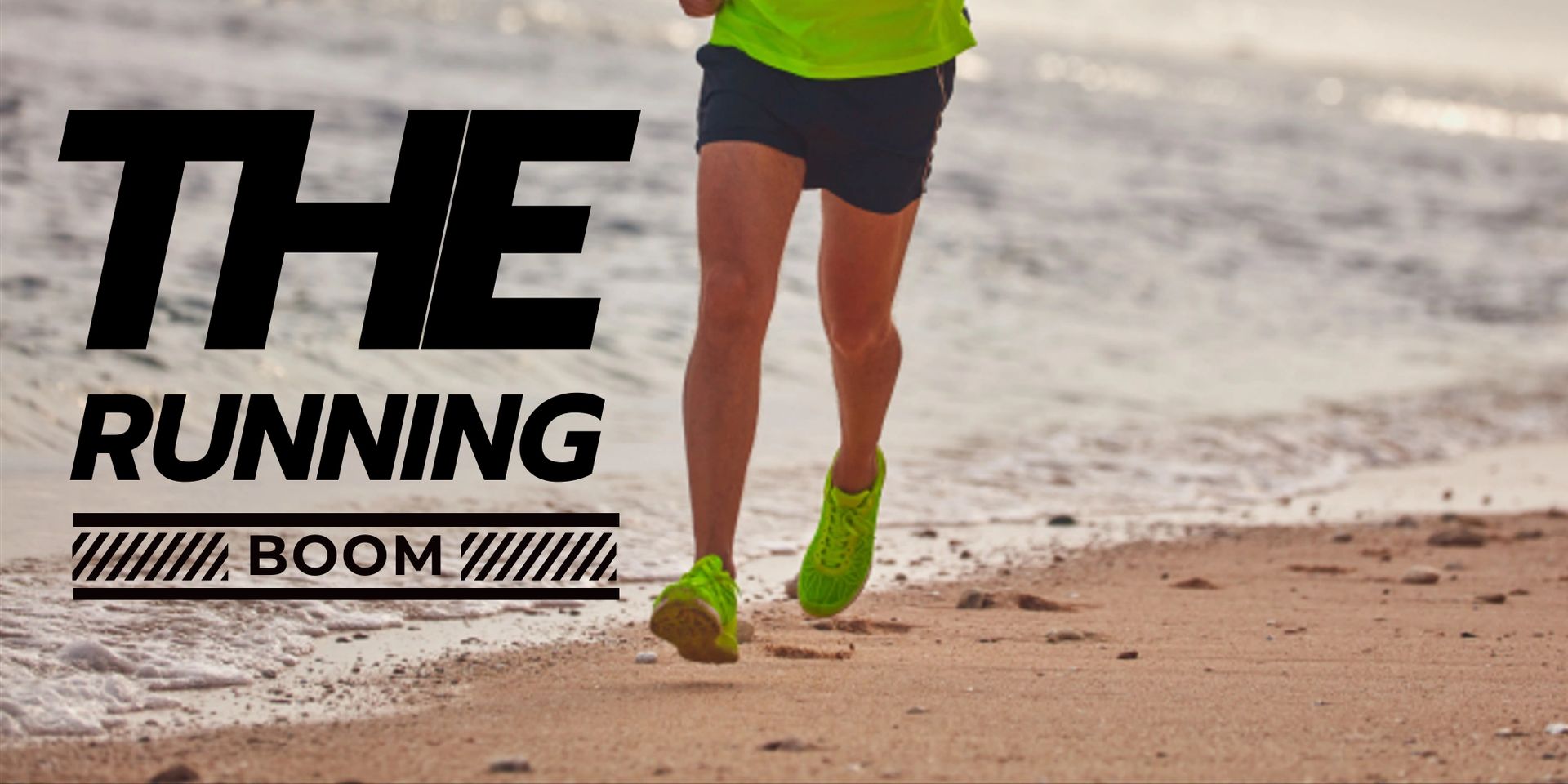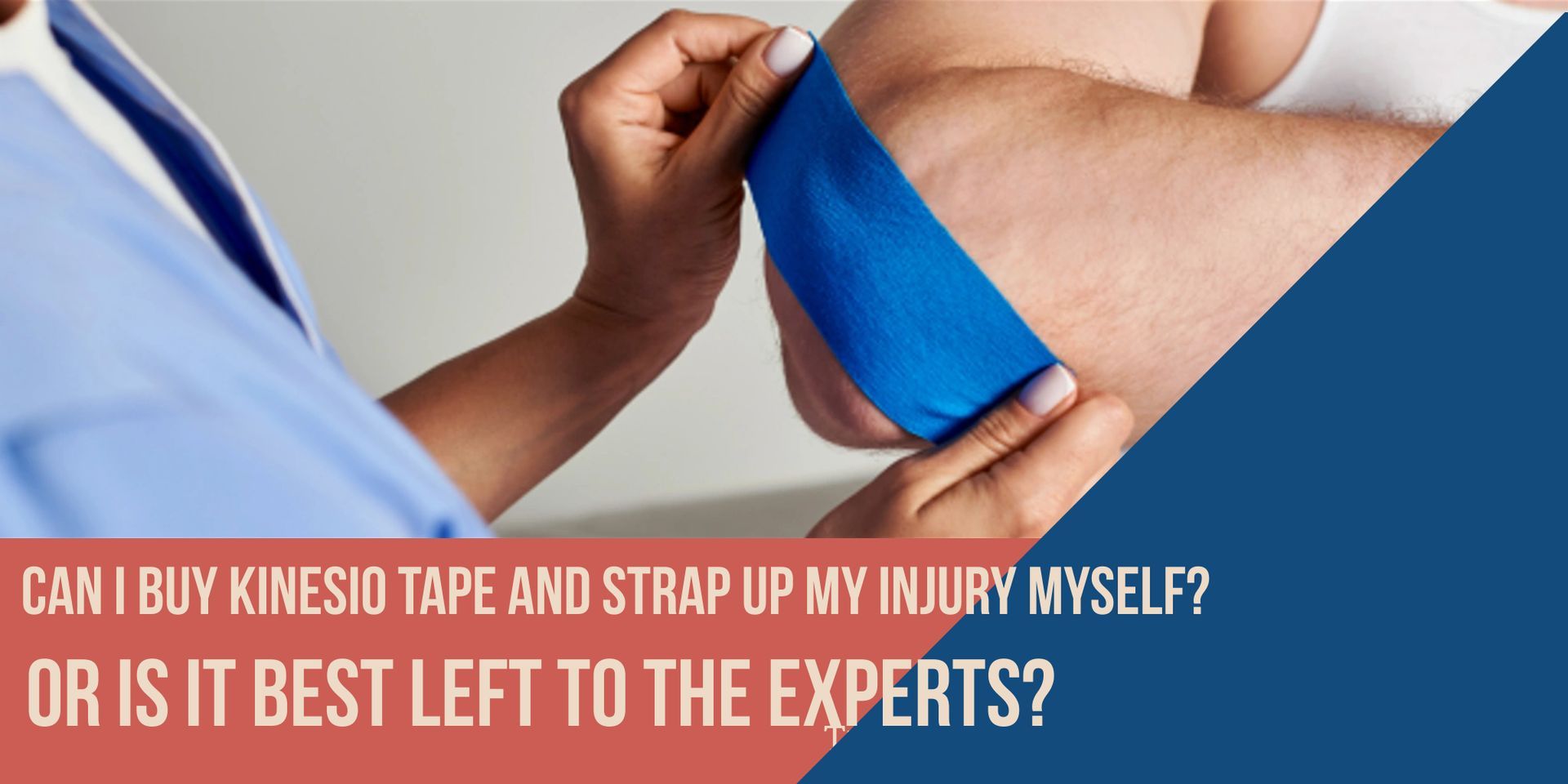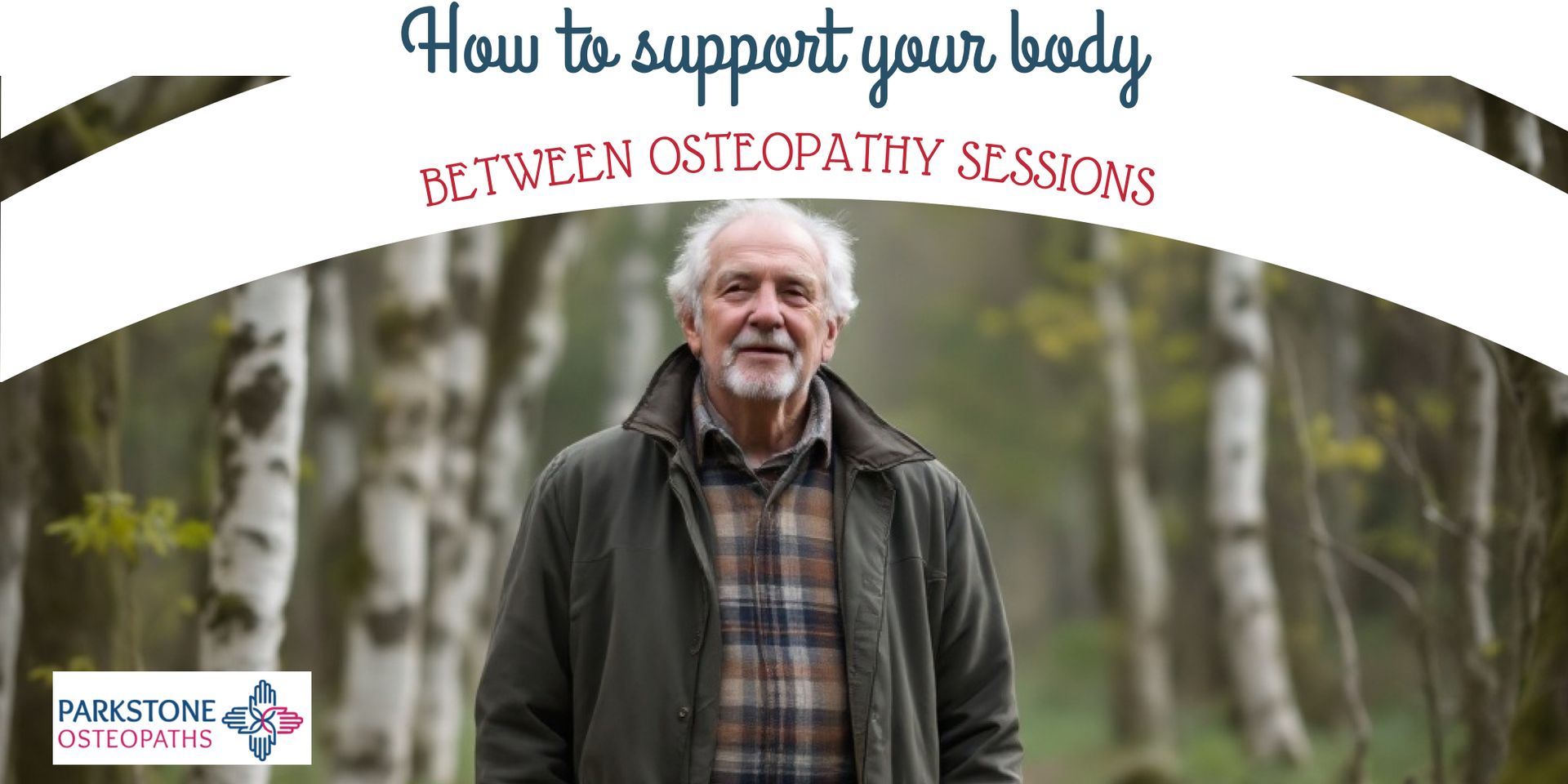What Are Muscle Knots?
Muscle knots are also called “trigger points”
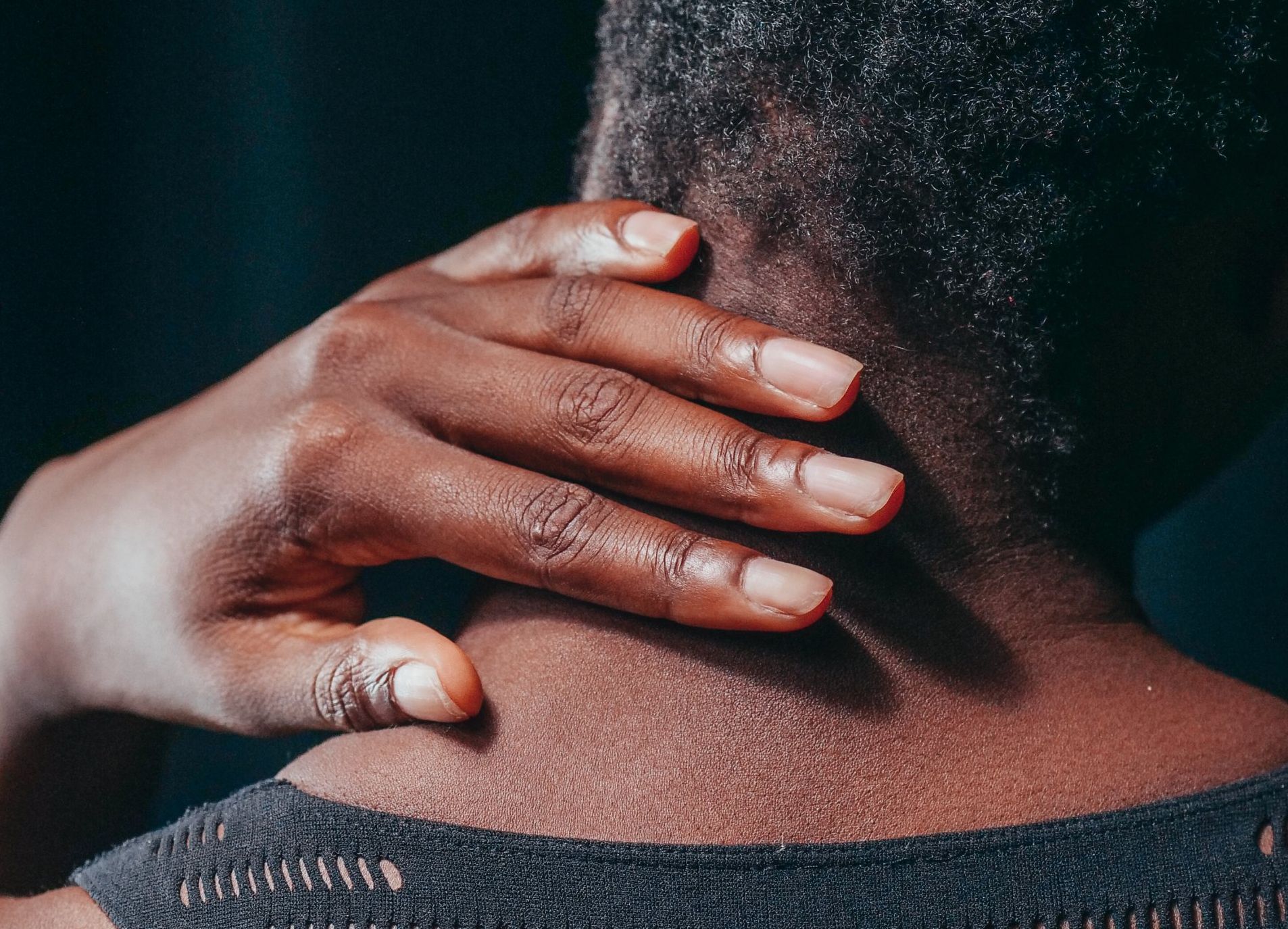
Are you plagued by achy muscles, tender points, and knots in your body?
You may be experiencing muscle knots.
Muscle knots can happen to anyone at any time, and they're no fun. They can cause pain and stiffness in your muscles and make it difficult to do activities you would normally do.
What are muscle knots?
Muscle knots, also called “trigger points” are small areas of hard, densely packed muscle fibres that can cause pain throughout the entire body.
Usually, muscle knots develop due to chronic tension, overload, or overuse of the affected area.
When these areas are not effectively addressed, the knots end up staying in place for extended periods of time.
Self help at home
Fortunately, there are things you can do right at home to help relieve and prevent muscle knots.
Stretching
The first step to managing muscle knots is to properly stretch the area. Stretching helps to loosen the muscles and increase blood flow to the area, which in turn helps them heal faster.
Be
sure to stretch gently, without jerking or bouncing as this can actually make the pain worse.
Hot and cold packs
You may also want to try heat or cold therapy, depending on your level of discomfort and personal preference.
Heat helps to relax the muscles while cold helps reduce inflammation and numb the area so it's easier to move.
Massage
Along with stretching and heat/cold therapy, massage is an excellent way to work out the knots in your muscles.
Applying pressure with fingertips or a massage tool (such as a foam roller) helps to break up the built-up tension in the affected area.
In addition, self-massage is a great way to keep your muscles relaxed and tension-free on a regular basis.
By taking these steps, you can effectively manage and prevent muscle knots at home – so you can get back on track fast!
Professional help
Finally, if muscle knots continue to bother you or come back frequently, it may be due to something more chronic such as poor posture or physical imbalance.
In these cases, it's best to seek professional advice from a qualified Osteopath who can identify and treat the underlying causes of muscle knots.
Why an Osteopath?
When it comes to treating and preventing muscle knots, osteopathy is highly effective. Osteopathic techniques realign the knots by restoring relaxed muscle conditions in the body.
By working on the soft tissues surrounding the knot, osteopaths can reduce underlying factors that contribute to the development of the knot itself.
When the knot releases, it allows for optimal flow of blood and nutrients back into the area. This results in increased range of motion and improved function.
Luckily, osteopathy can help provide relief from these bothersome knots.


